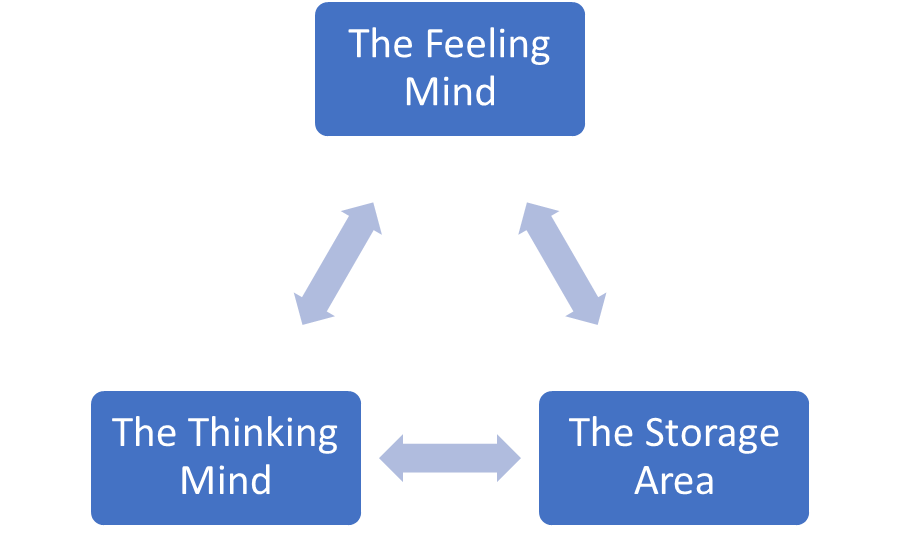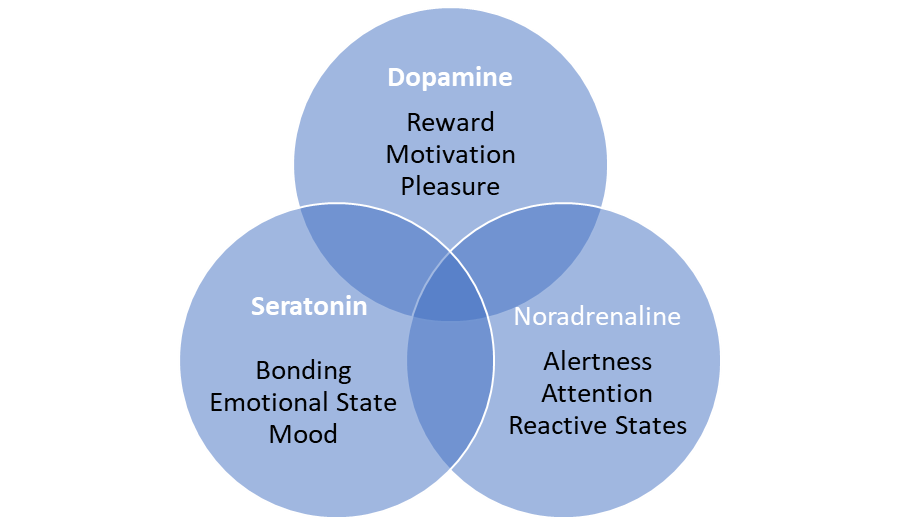The Purpose Effect
Recommendation
Dan Pontefract, author of Flat Army, explains how companies can establish meaningful goals, provide energized workplaces, and contribute to their communities and society. Such “purpose-driven” firms put principles ahead of profits, but they find in the long run that being purpose-driven is good for business. Pontefract shows firms how to reach a meaningful “sweet spot” where three important roles come together: each employee’s “personal sense of purpose,” the company’s purpose and the role-based purpose employees feel when their jobs align with their priorities and beliefs. Those who seek a sense of direction for their organizations and business students will benefit from this detailed, practical, inspirational book.
Take-Aways
- “Purpose-driven” firms put principles above profits. They focus on their customers, employees, team members, community and society, as well as profits.
- The “Purpose Effect” has three components:
- “Personal purpose” centers on each employee’s identity and commitment.
- “Organizational purpose” concerns a firm’s “principles, ethics, leadership and culture.”
- “Role purpose” focuses on turning each worker’s job into a “calling.”
- The alignment of these elements creates an energizing “sweet spot.”
- The Purpose Effect inspires employees by making their jobs meaningful.
- Purposeful organizations follow the “Good DEEDS” acronym: “Delight, Engage, (Be) Ethical, Deliver” and “Serve.”
- To use it, make customers feel great, engage with your employees, operate ethically, always be fair and serve all stakeholders.
- Purpose-driven companies set out to earn profits and improve society.
Summary
Behind the Scenes Making Sausage
Johnsonville Sausage LLC, headquartered in Sheboygan Falls, Wisconsin, produces meatballs, sausages and bratwurst. It employs 1,500 people it refers to as “team members.” It sells more than $1 billion in meat products annually.
In 2015, a fire destroyed Johnsonville’s plant in nearby Watertown. One hundred Johnsonville members had no place to go to work and nothing to do. Johnsonville’s management decided to keep paying them their full salaries. In return, it asked its members to volunteer for community work for 20 hours each week and to spend another 20 hours each week on self-education. These activities occupied its Watertown workers for nearly a year until a new plant opened.
“When the culture of an organization is harmonious – when team members feel as though their opinion and contributions matter – a causal relationship between increased team member commitment and bottom-line improvements becomes a likely outcome.”
Johnsonville Sausage has been a special place to work ever since Ralph C. Stayer founded the company in 1945. Its “culture statement” says that Johnsonville’s goal is to “become the best company in the world,” something it characterizes as a “moral responsibility.” The firm serves “the best interest” of its stakeholders and the “personal growth” of its members. Johnsonville’s intranet publishes the “personal development commitments” of each member.
“When an individual performs in a role so that meaning and fulfillment [are] demonstrated, good things can happen for all stakeholders.”
A drive to implement the “Highest Impact on Customer Service” (HICS) is the foundation of Johnsonville’s business strategy. Team members work continually to implement it. Johnsonville’s purpose transcends profits. Its culture statement represents the firm’s deeply held ethos, by which the company lives daily – even in the toughest times.
“While purpose in the workplace is imperative, leaders are potentially overlooking its significance to the overarching health of our civilization.”
Johnsonville executive Cory Bouck explains, “It would be morally wrong to hold people to incredibly high standards without also giving them every opportunity and resource to stretch and grow themselves in order to be able to deliver against those high standards.”
“Purpose-Driven” Firms
Many notable organizations across a broad range of industries have set an example of how purpose-driven companies act. Consider these examples:
- In-N-Out Burgers, a fast-food chain, pays new employees an above-the-minimum wage.
- Gravity Payments, a credit-card processing company, pays every employee at least $70,000, based on a Princeton study finding that $75,000 represents the ceiling for emotional well-being. Gravity’s CEO lowered his salary by $90,000.
- Fairphone, which makes mobile phones, uses “conflict-free minerals” to manufacture “ethical” cellphones.
- Ikea manufactures a wide range of furniture, following a core business plan that calls for “prices so low that as many people as possible will be able to afford them.”
- In 1982, Johnson & Johnson quickly ordered stores to remove 31 million bottles of Extra Strength Tylenol from their shelves when a criminal poisoned a few bottles with arsenic, killing seven people. The company reportedly lost more than $100 million, but cemented its long-term reputation for caring about its consumers.
The “Purpose Effect”
Purpose-driven firms base their activities on the Purpose Effect, which concerns the organization’s purpose beyond making money, the roles that its team members play within the organization and their individual motivation. The organization, individual team members and society all benefit when each element is in place.
“When an organization and its team members are indeed on the same page – when the sweet spot is being demonstrated by all parties – a collective sense of community can be felt.”
The Purpose Effect engages and fulfills team members and engages them. In this atmosphere, people do better work. If an organization’s purpose conflicts with employees’ purposes, they will be unhappy at work. But the Purpose Effect ensures that all workers feel that their jobs represent more than just paychecks. They want their work to be meaningful and to give them a genuine sense of purpose. As management expert Peter Drucker explained, “To make a living is no longer enough. Work also has to make a life.”
The Components of the Purpose Effect
The Purpose Effect emerges at the intersection of three essential factors:
1. “A Personal Sense of Purpose”
Each team member should have a special, motivating purpose that addresses “what, who and how.” Personal purpose calls for knowing who you are in terms of three aspects: First, develop yourself. Be determined to improve and grow. Ask, “What am I doing to evolve myself?” Second, define what your life should be, and redefine it regularly. Ask, “Who am I in life and at work?” Third, decide every day to act in a moral, ethical and responsible way in keeping with the person you choose to be. Ask, “How will I operate and be perceived by others?”
2. “Organizational Purpose”
This is why your company exists. Organizational purpose defines who and what the company is to itself, team members, customers, its local community and society as a whole. Organizational purpose concerns “principles, ethics, leadership and culture.” Organizational purpose requires the implementation and deliverance of solid “fair practices” to all team members. This involves compensation (pay your people fairly); performance management (substitute “coaching and mentoring” for “in-depth scrutinizing”); and “recognition” (58% of all team members want more workplace appreciation).
3. “Role-Based Purpose”
Every organization assigns people to certain roles to meet its goals, and every team member’s role should be meaningful. Most people define themselves according to their work; that’s why their roles at work are so important. Employees’ role purpose should completely align with their “personal and organizational purpose.” For role purpose to emerge, companies must treat their employees well.
“The sweet spot is less a gentle overlap between three categories of purpose, and more the result of dynamic tension between three often contradictory demands.” (Box of Crayons consultancy founder Michael Bungay Stanier)
Team members who have a sense of the purpose about their roles don’t think of their jobs as meal tickets. Instead, each person views his or her job as a “calling.” This is how you want your employees to feel about their work. University of Ottawa research indicates that 76% of people who see their jobs as callings are “always engaged” at work.
The “Sweet Spot”
The sweet spot of purpose is where the three areas come together in a “reciprocal relationship.” A balanced sweet spot emerges only when these main components work together. This aligned structure supports members of the staff, “teams, the organization, customers, owners and, perhaps most importantly, society as a whole.” The sweet spot isn’t a final destination. Instead, it’s “an outcome of the alignment between personal, organizational and role purpose.” To reach the sweet spot, organizations first need a declaration of purpose.
“An organization without purpose [could] miss out on keeping or hiring high-performing individuals.”
The declaration of purpose of Deere & Company (previously known as John Deere, still its trade name) states, “We are committed to serving those linked to the land, thereby helping to improve living standards for people everywhere.” Whole Foods’ purpose is, “Helping support the health, well-being and healing of both people – customers, team members and business organizations in general – and the planet.” Patagonia’s purpose is to “Build the best product, cause no unnecessary harm, use business to inspire and implement solutions to the environmental crisis.”
“Win-Win-Win”
Many companies have a shortsighted focus on profit alone. Such organizations should broaden their perspectives. Mana Ionescu, the founder of Lightspan Digital, a purpose-driven Chicago firm that offers professional content marketing and social media services, says that companies need win-win-win strategies.
“In a world where anything or anyone can be owned, manipulated and exploited for profit, everything and everyone will eventually be.” (University of British Columbia law professor Joel Bakan, “The Corporation”)
These tactics create profits as well as giving customers solid value, making significant contributions to society, and providing meaningful, rewarding and satisfying work for their employees. However, win-win-win will work only if all team members, no matter what their individual roles and authority, perform as both “leaders and followers.”
“An individual who seeks a personal sense of purpose in life…is constantly developing, defining and deciding his values, priorities, attributes and general ways of conducting themselves.”
The culture of a win-win-win organization is “open, connected, collaborative, participative”; it’s based on “general reciprocity.” This means that all team members work together for the common good and understand the organization’s goals of achieving a high level of service as well as a profit. Everyone in a win-win-win organization should have a “purpose mind-set.” That is, all team members should feel passionate about their work and their performance. Everyone should commit to developing a “meaningful and engaging” workplace.
The “Job Mind-Set”
The purpose mind-set stands in marked contrast to the job mind-set, which shapes the actions of employees who do their jobs simply to earn paychecks, and the “career mind-set,” under which employees focus primarily on advancing their careers so they can earn more money and accumulate more power and prestige.
“Companies in which more employees perceive their workplaces as ethical report higher retention rates, more positive work and supervisory relationships, better dispute resolution, and enhanced productivity.” (Keyes)
Both of these money and power-oriented mind-sets undermine the purpose mind-set. When you educate your employees about their personal, organizational and role purposes, address these negative mind-sets directly. Explain why they aren’t in alignment with how people think in a purpose-driven organization.
“Personal Declaration of Purpose”
Each team member should create his or her personal declaration of purpose that answers the all-important question, “Who am I in life and at work?” This brief written document provides each person with an “ongoing definition” that changes depending on evolving circumstances. You can’t achieve balance – the sweet spot – among your personal, organizational and role purposes unless you know the personal purpose that brings meaning to your life.
“Good DEEDS”
Organizations that are formally or informally dedicated to their purpose subscribe to the goals outlined by the Good DEEDS acronym:
- “Delight your customers” – Remember, customers are the top priority; strive to make them happy.
- “Engage your team members” – Helping your team members flourish will create a sense of communitas, denoting a “feeling and spirit of togetherness.”
- “(Be) ethical within society” – Make a positive contribution, and have no negative effect on people or the environment.
- “Deliver fair practices” – Offer top value for a reasonable price.
- “Serve all stakeholders” – An organization’s stakeholders include its “customers, team members, the community and owners.”
Purpose Is Good Business
McKinsey & Company advises companies to “integrate environmental, social and governance issues into their business model – and act on them.” Purpose-driven companies achieve “positive productivity gains,” and they enjoy “short- and long-term growth” and “financial benefits.” Deloitte reports that 73% of team members in purpose-driven organizations feel “fully engaged” in their work.
“By working faithfully eight hours a day you may eventually get to be boss and work 12 hours a day.” (journalist Robert Quillen)
Companies that operate with purpose are on the path to becoming productive, successful enterprises with engaged team members. Their focus is to improve society as well as to increase profits. This isn’t just smart business; it’s also the moral, ethical thing to do. Futurist Buckminster Fuller probably said it best: “Make the world work, for 100% of humanity, in the shortest possible time, through spontaneous cooperation, without ecological offense or the disadvantage of anyone.”
About the Author
Dan Pontefract is “chief envisioner” of TELUS Transformation Office, a consulting firm that helps organizations enhance their corporate culture and collaboration practices. He also wrote the bestseller Flat Army: Creating a Connected and Engaged Organization.





































